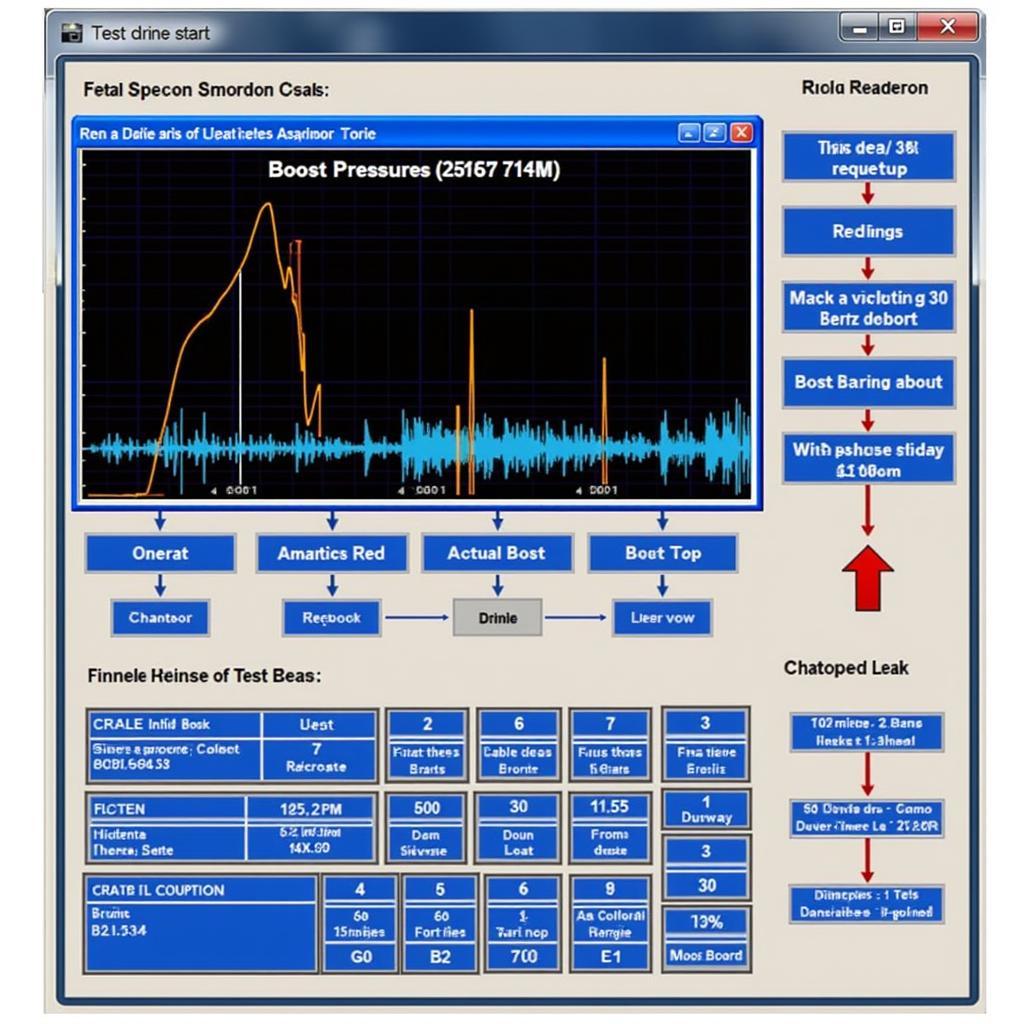Your cart is currently empty!

Unleashing Hidden Power: Understanding VCDS and Horsepower
VCDS, or VAG-COM Diagnostic System, is a powerful tool that can unlock hidden potential in your Volkswagen, Audi, Seat, or Skoda vehicle. Many enthusiasts and mechanics are interested in how VCDS can be used in relation to horsepower, and this article will delve into that very topic. We’ll explore how VCDS can be used for diagnostics, tweaks, and understanding performance modifications related to horsepower.
Understanding the relationship between VCDS and horsepower isn’t about magically adding power with a few clicks. Instead, it’s about using the software to diagnose issues that might be hindering performance, monitor vital engine parameters related to power output, and understand the impact of modifications. Similar to vcds chip tuning, leveraging VCDS requires a deep understanding of your vehicle’s systems.
Diagnosing Horsepower Loss with VCDS
One of the primary uses of VCDS regarding horsepower is diagnosing potential issues leading to power loss. VCDS allows you to read fault codes, monitor live data streams from various sensors, and perform output tests on components. This data can pinpoint problems like a faulty MAF sensor, boost leaks, or misfiring cylinders, all of which can significantly impact horsepower.
How can I use VCDS to identify a boost leak? By monitoring boost pressure readings in real-time during a test drive, you can identify discrepancies between requested and actual boost, indicating a potential leak.
 VCDS Boost Leak Diagnosis Screen
VCDS Boost Leak Diagnosis Screen
Monitoring Performance Parameters with VCDS
Beyond diagnostics, VCDS provides access to a wealth of performance-related data. You can monitor parameters like intake air temperature, ignition timing, fuel pressure, and more. This data is invaluable for understanding how your engine is performing and identifying potential areas for improvement. For example, consistently high intake air temperatures can negatively impact horsepower.
What parameters should I monitor to assess engine performance? Key parameters include intake air temperature, boost pressure (for turbocharged engines), ignition timing, and fuel pressure. Monitoring these values can provide insights into the engine’s health and performance. This correlates with information found on resources like mk2 tiguan obdeleven vcds tweaks.
VCDS and Aftermarket Tuning
VCDS plays a crucial role in understanding and optimizing aftermarket tuning. While VCDS itself doesn’t directly increase horsepower, it’s essential for monitoring the results of modifications like ECU tunes, exhaust upgrades, or intake systems. By analyzing data logs before and after modifications, you can assess the actual impact on horsepower and other performance metrics.
Can I use VCDS to adjust my ECU tune? While VCDS can access some ECU settings, directly adjusting tuning parameters requires specialized software and knowledge. However, VCDS is invaluable for monitoring the effects of a professional tune. This is similar to the process described in 1.8t vcds tuning.
“VCDS provides a window into your vehicle’s soul. It allows you to understand the nuances of its performance and identify areas for optimization.” – Dr. Andreas Wagner, Automotive Diagnostics Specialist
 VCDS Aftermarket Tuning Analysis
VCDS Aftermarket Tuning Analysis
VCDS: A Tool for Understanding, Not Magic
It’s crucial to remember that VCDS is a diagnostic and monitoring tool, not a magic wand for increasing horsepower. It won’t magically add horsepower on its own. Its power lies in providing the information you need to diagnose problems, monitor performance, and understand the impact of modifications. Understanding this is paramount, just as with topics like vcds mapa silnika.
“Think of VCDS as a high-powered microscope for your car’s engine. It allows you to see what’s happening under the hood and make informed decisions about performance enhancements.” – Emily Carter, Performance Tuning Engineer
Conclusion
VCDS is an invaluable tool for anyone seeking to understand and optimize their vehicle’s performance, particularly regarding horsepower. While it won’t directly increase horsepower, it empowers you with the knowledge to diagnose issues, monitor vital parameters, and assess the effectiveness of modifications. For more information and support, feel free to contact us at +1 (641) 206-8880 and our email address: vcdstool@gmail.com or visit our office at 6719 W 70th Ave, Arvada, CO 80003, USA. Our team at vcdstool is ready to assist you with all your VCDS needs. You may also find valuable information on resources such as vcds to enable performance monitor mk7.
by
Tags:
Leave a Reply